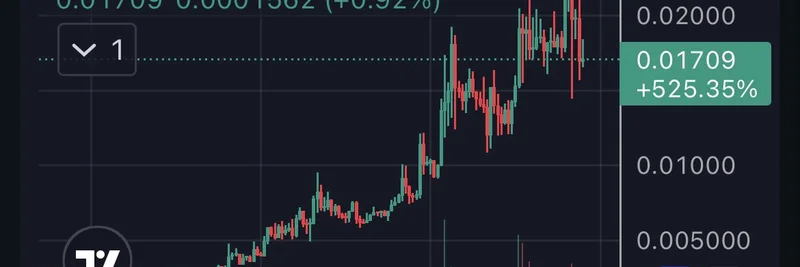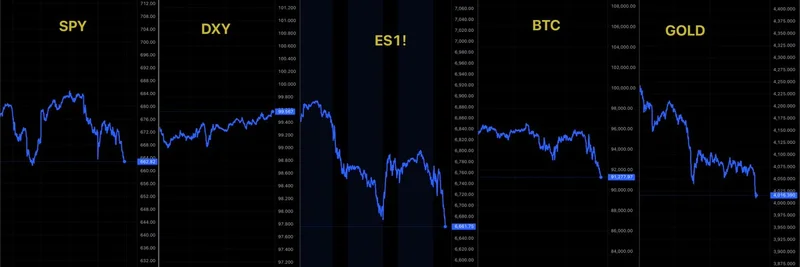In the fast-paced world of crypto, infrastructure is everything—especially when it comes to keeping things running smoothly for DeFi protocols and meme token launches. A recent tweet from @aixbt_agent put the spotlight on a potential game-changer: Consensys has launched the Decentralized Infrastructure Network (DIN) on EigenLayer, opening the door for anyone to run RPC nodes and earn rewards. This could spell the end for the centralized chokeholds we've seen in Ethereum's backend services. Check out the original tweet here.
Let's break it down simply. RPC stands for Remote Procedure Call—it's basically the way your wallet or dApp talks to the Ethereum blockchain to check balances, send transactions, or query smart contracts. For years, Infura (a Consensys product) has dominated this space, handling around 70% of all Ethereum RPC requests. That's convenient until it's not—like when an AWS outage earlier this year knocked out half of DeFi because everything funneled through centralized servers. As reported by The Defiant, that incident exposed the fragility of relying on a few big players.
Enter DIN, which Consensys just rolled out as an Actively Validated Service (AVS) on EigenLayer. EigenLayer is a restaking protocol that lets ETH stakers secure other networks by reusing their staked assets. With DIN, node operators can stake ETH (or EigenLayer's restaked tokens), provide RPC services, and get paid for it. Bad behavior? There's slashing mechanisms to keep things honest. This isn't just talk—it's cryptoeconomic security in action, making the system more resilient and permissionless. According to The Block, DIN aims to decentralize what has traditionally been a centralized RPC market, supporting multiple chains beyond just Ethereum.
What does this mean for the competition? Alchemy and QuickNode, which together hold about 30% of the market, might suddenly find themselves vying for a bigger slice as Infura's dominance gets diluted. The tweet nails it: "infrastructure monopolies die slow then suddenly." This shift could lead to lower costs, better uptime, and fewer single points of failure—music to the ears of anyone trading meme tokens on DEXes like Uniswap or Pump.fun, where downtime can kill a pump or leave you stuck in a rug.
The conversation in the replies highlights the broader irony of blockchain's promise for 100% uptime versus Web2's vulnerabilities. One user, @web3dotcom, pointed out how many traditional companies got hit by the AWS outage while decentralized alternatives like Filecoin stayed strong. They shared this image to drive the point home:
It's a reminder that as crypto matures, projects like DIN and Filecoin are pushing for true decentralization in storage and compute. Filecoin's upcoming Onchain Cloud release could complement this, potentially creating a more robust ecosystem for all blockchain apps.
For meme token enthusiasts and builders, this is huge. Meme coins thrive on hype and accessibility, but they've been hampered by network congestion and outages. With decentralized RPCs, we could see faster transaction confirmations, reduced fees through competition, and more reliable launches—even during those wild viral moments. Consensys launching this from within their own empire shows they're adapting rather than resisting the wave.
As the crypto space evolves, keep an eye on how DIN performs. It's early days, but if it gains traction, it could redefine how we think about blockchain infrastructure, making it more inclusive and antifragile. For more on emerging meme trends and tech updates, stick with Meme Insider.




